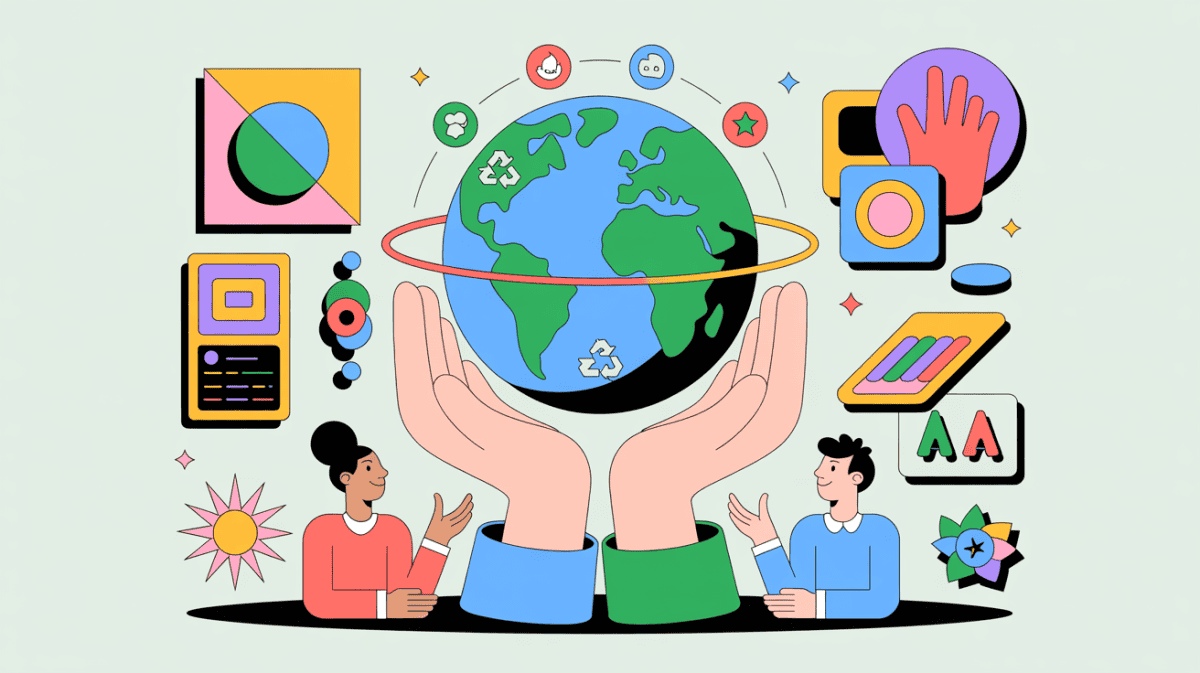Introduction
Digital design is shaping daily life more than ever before, but what about its impact on the planet? As companies strive to improve user experience and fuel innovation, it’s time to consider how our design choices affect the environment—and how we can lead the way to a more sustainable digital future.
The New Digital Footprint: Why It Matters
From carbon-intensive server infrastructure to the proliferation of device-hungry interfaces, every pixel and feature can leave a mark on the planet. Recognizing and measuring your product’s digital footprint is the first step toward meaningful change—yet most teams overlook this crucial dimension of responsible design.
Frameworks for Sustainable Digital Products
How can design leaders create products that delight users and tread lightly? Explore frameworks and best practices—such as energy-efficient UI patterns, dark mode adoption, optimized media, and progressive loading strategies—that reduce waste without sacrificing user value or business results.
Real-World Wins: Case Studies in Eco-Conscious UX
Leading organizations are already experimenting with greener digital products. Learn from recent case studies spanning software, mobile apps, and websites—what worked, what failed, and the surprises along the way.
Action Plan: From Principles to Everyday Practice
Turn sustainable design from a buzzword into your team’s cultural DNA. Practical steps for design leads and cross-functional teams: eco-centered design sprints, transparent emissions reporting, smarter handoff to development, and keeping business goals in sight while minimizing environmental impact.
Conclusion: A Call to Responsible Innovation
Tomorrow’s design excellence won’t be measured by usability alone, but also by how gently it shapes the world. True leadership means designing with empathy not just for users, but for the planet itself.


Leave a Reply